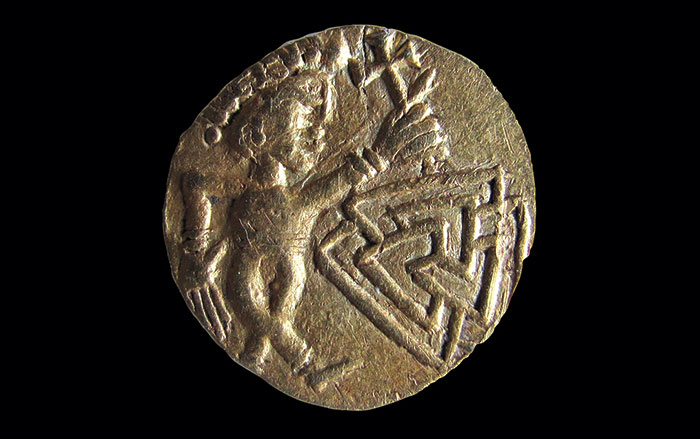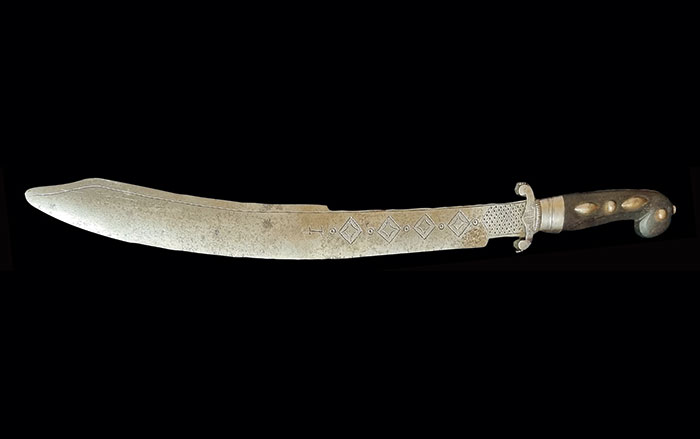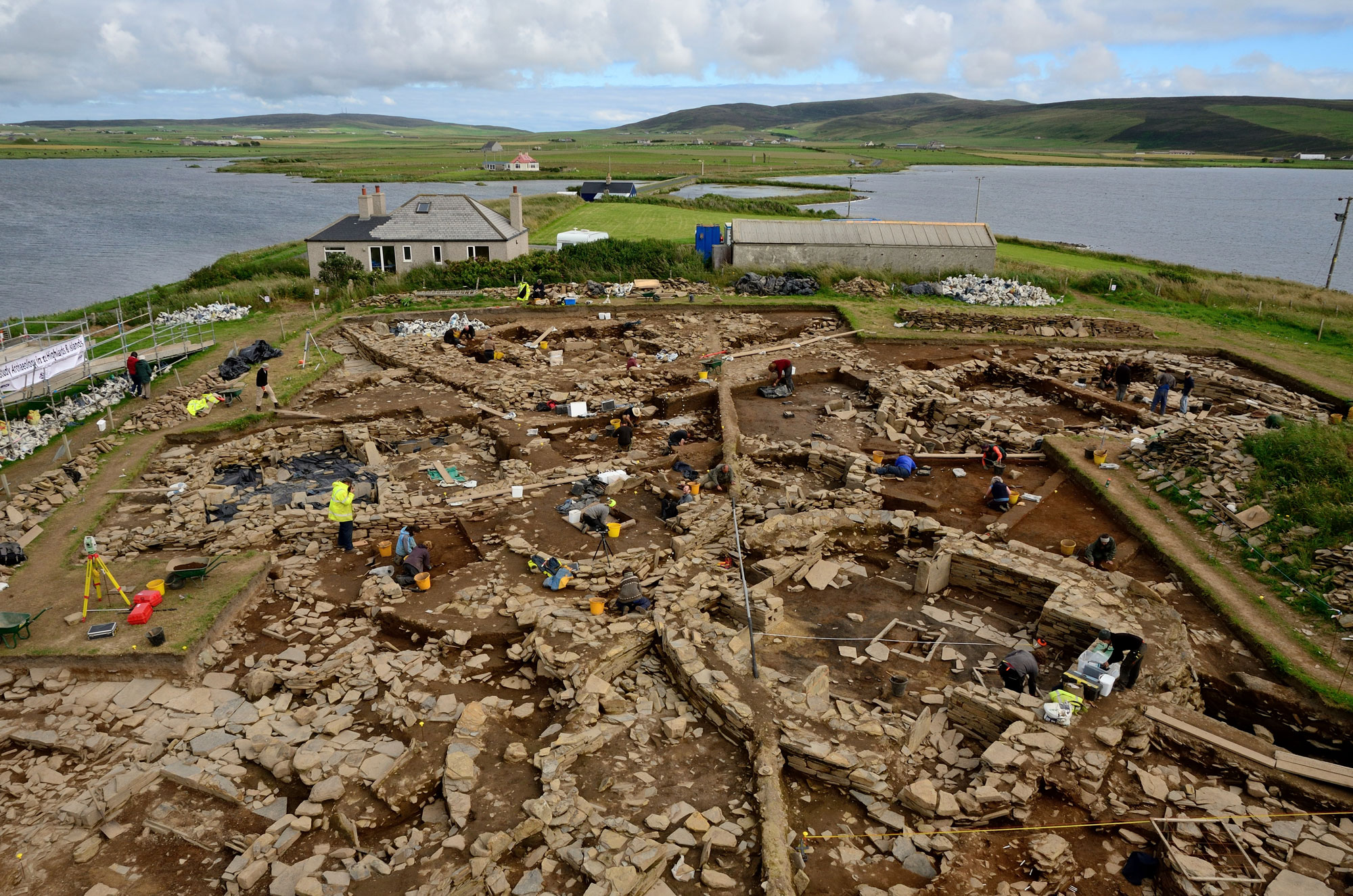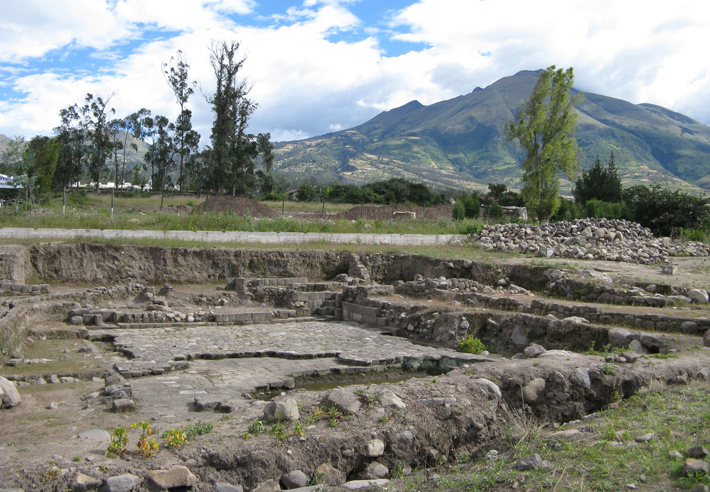
ABERYSTWYTH, WALES—Low levels of sun and snow cover helped archaeologists to spot some 40 new Bronze Age structures from the air, including a burial mound and a site with a moat. “Snow evens out the colors of the landscape allowing complex earthwork monuments to be seen more clearly and precisely,” said archaeologist Toby Driver of the Royal Commission on the Ancient and Historical Monuments of Wales. His team also mapped and photographed previously recorded sites. “So far well over 5,000 new archaeological sites have been discovered across Wales in 25 years of flying. We can now appreciate that Wales was intensively farmed and settled from the Neolithic era 6,000 years ago,” he added.









